Find Help
More Items From Ergsy search
-

Frozen Shoulder Lateral Rotation
Relevance: 100%
-
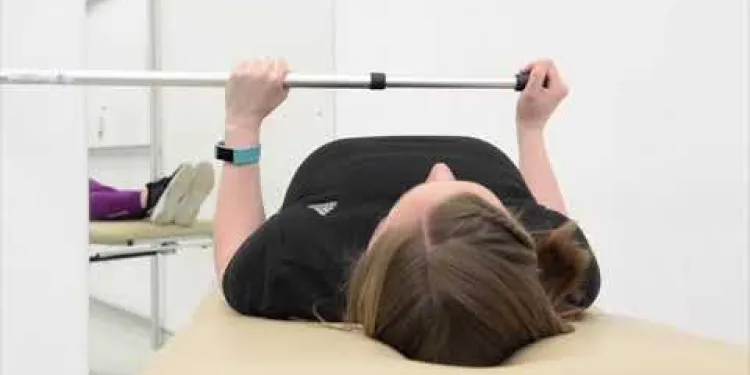
Frozen Shoulder Assisted Lateral Rotation
Relevance: 96%
-
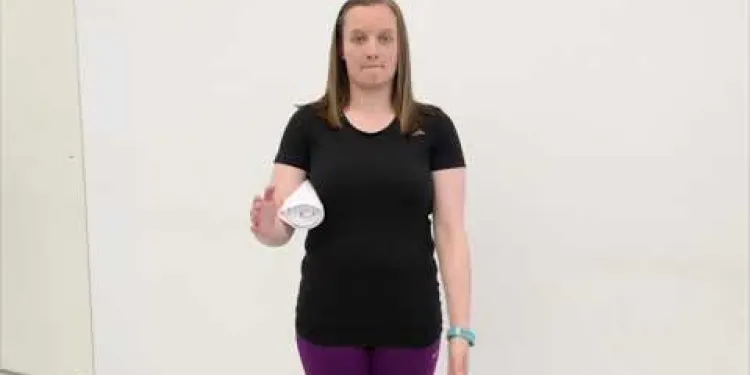
Frozen Shoulder Isometric External Rotation
Relevance: 73%
-
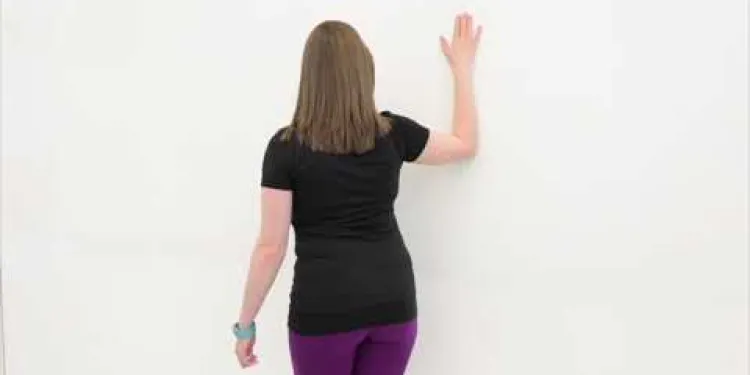
Frozen Shoulder Anterior Shoulder Stretch
Relevance: 52%
-
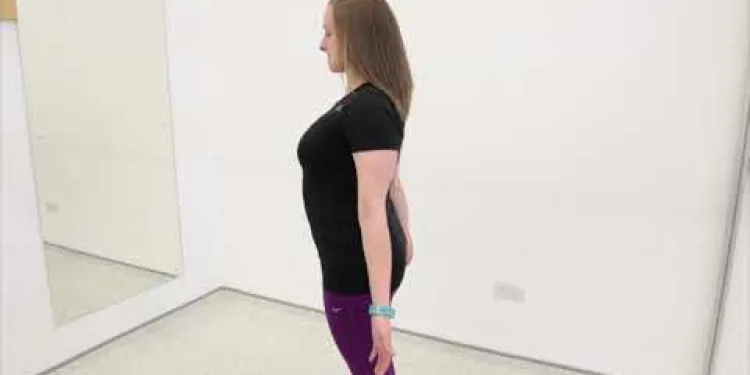
Frozen Shoulder Scapular Setting
Relevance: 50%
-

Frozen Shoulder Assisted Abduction
Relevance: 50%
-
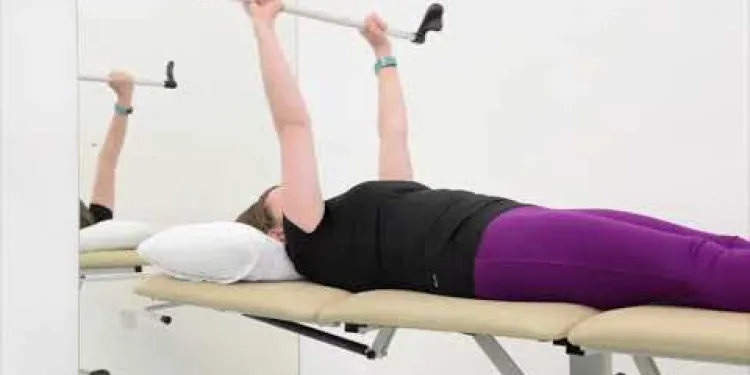
Frozen Shoulder Assisted Flexion
Relevance: 50%
-
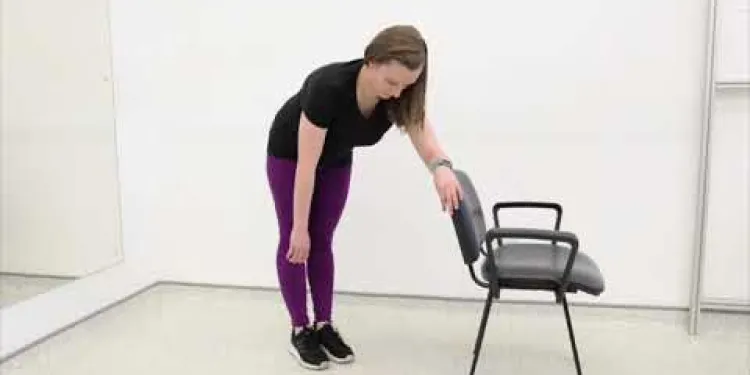
Frozen shoulder Pendular Exercises
Relevance: 49%
-
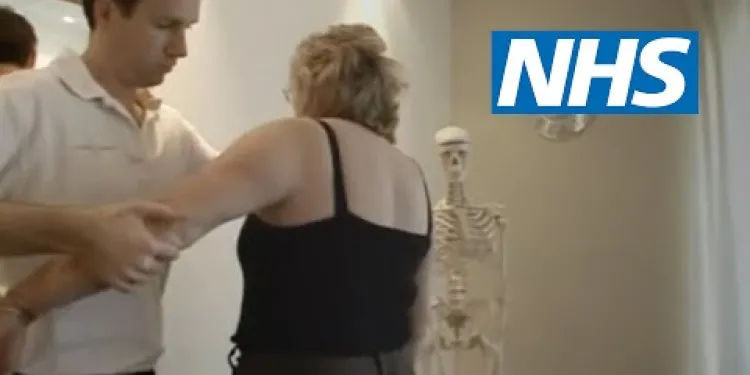
Shoulder pain | NHS
Relevance: 42%
-

Shoulder pain | NHS
Relevance: 42%
-

Shoulder Exercises 1
Relevance: 36%
-

Shoulder subacromial shoulder pain
Relevance: 34%
-
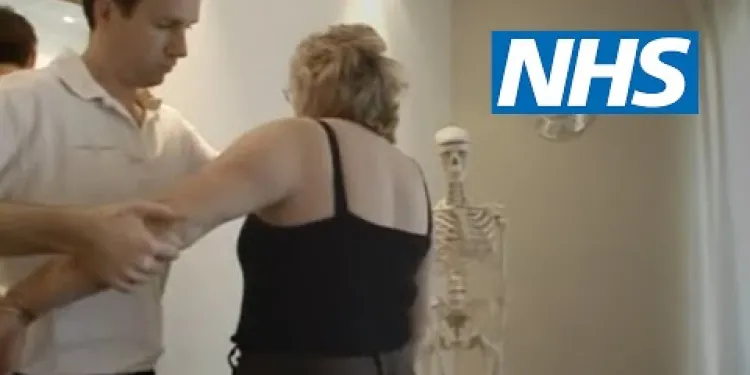
Shoulder pain | NHS
Relevance: 32%
-
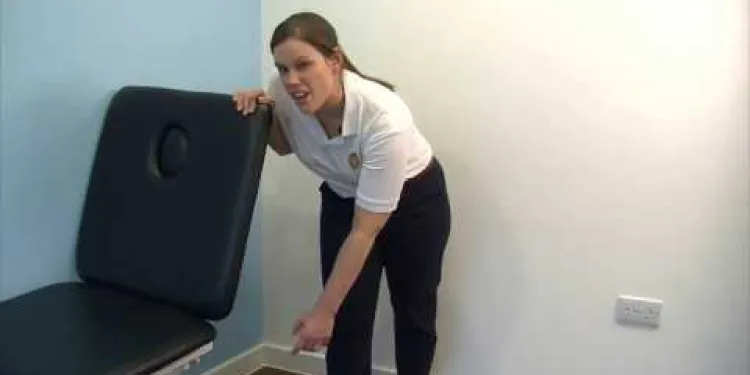
DBTH VFC DISLOCATED SHOULDER
Relevance: 25%
-

Unfreezing the Truth The UK's Frozen Pensions
Relevance: 25%
-
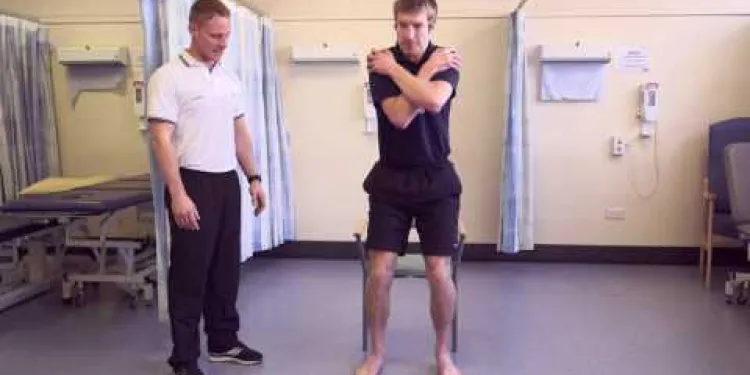
Exercises to help your lateral hip pain
Relevance: 20%
-
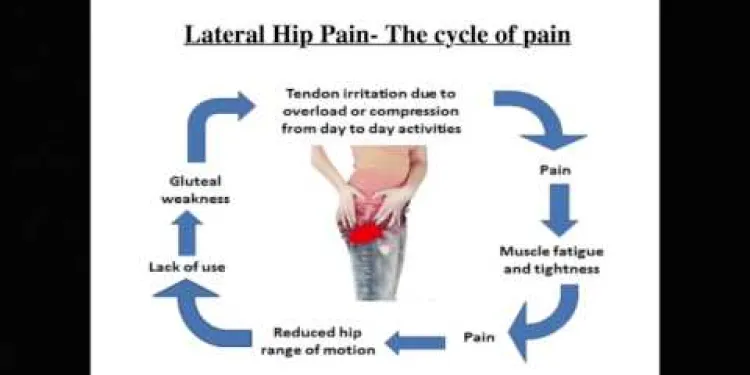
Advice - How to manage your lateral hip pain
Relevance: 19%
-

Can nut allergies develop later in life?
Relevance: 17%
-

Calls Grow for Regulation on Buy Now, Pay Later Schemes
Relevance: 14%
-

Neck Exercises
Relevance: 13%
-

How is Wegovy administered?
Relevance: 12%
-
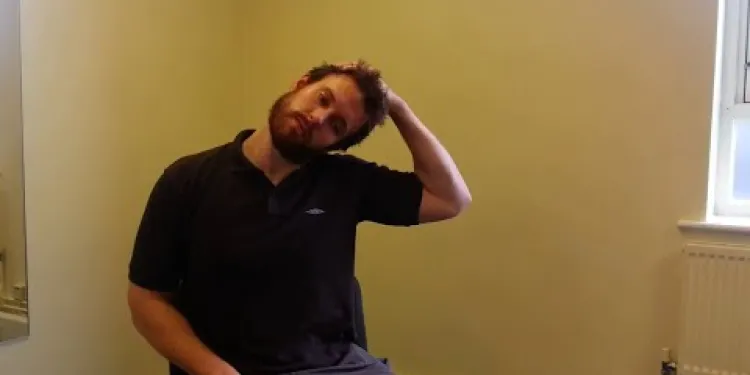
Neck Care Exercises
Relevance: 10%
-

What is plasma, and why might it be transfused?
Relevance: 10%
-
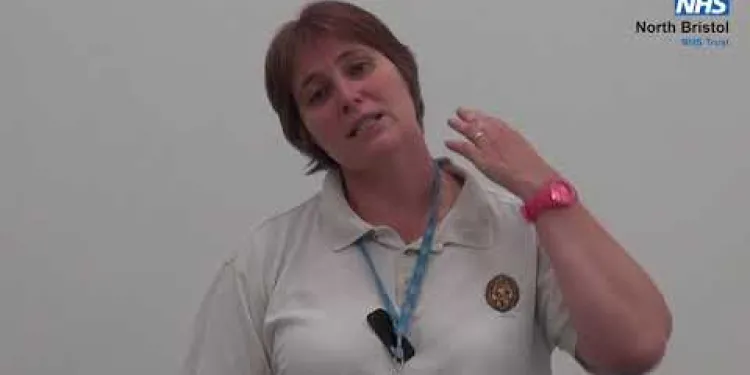
Neck Exercises
Relevance: 10%
-

What types of blood products can be transfused?
Relevance: 9%
-

What can I buy with Healthy Start vouchers?
Relevance: 9%
-

How is Ozempic administered?
Relevance: 8%
-

How can I prevent Carpal Tunnel Syndrome?
Relevance: 8%
-

Back stretches | NHS
Relevance: 8%
-

How is the sperm used in IVF?
Relevance: 7%
-

How is Ozempic administered?
Relevance: 7%
-

How will I be positioned for spinal anaesthesia?
Relevance: 7%
-

Plantar Fascia Cold Therapy
Relevance: 7%
-

Do chiropractors only treat the spine?
Relevance: 7%
-

Should Mounjaro be refrigerated?
Relevance: 7%
-

Pilates for back pain: Seated waist twist | NHS
Relevance: 6%
-

How to inject insulin
Relevance: 6%
-

Evidence-Based Interventions: breast reduction
Relevance: 6%
-

How are pollen counts measured?
Relevance: 6%
-
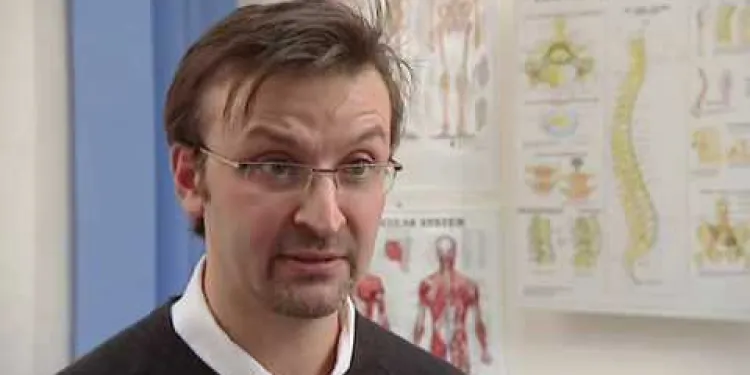
Advice on neck pain and whiplash
Relevance: 6%
Frozen Shoulder Assisted Lateral Rotation
Understanding Frozen Shoulder
Frozen shoulder, also known as adhesive capsulitis, is a common condition that causes pain and restricted movement in the shoulder joint. This condition often affects individuals aged 40 to 60 years and can significantly hinder daily activities. The exact cause of frozen shoulder is not always clear, but it often develops after an injury, surgery, or as a result of other health conditions like diabetes or thyroid disorders.Importance of Lateral Rotation Exercises
Lateral rotation exercises are crucial in managing frozen shoulder as they help improve range of motion and reduce stiffness. Assisted lateral rotation, in particular, involves using external support, such as a towel, a pulley system, or a partner, to gently stretch and rotate the shoulder joint. This method can be particularly beneficial for those who experience extreme pain or limitations in movement.How to Perform Assisted Lateral Rotation
To perform assisted lateral rotation, follow these steps: 1. **Preparation**: Begin by finding a comfortable and supportive position where you can sit or stand relaxed. 2. **External Support**: Use a towel, resistance band, or have a partner assist you in holding the affected arm. 3. **Rotation Movement**: Gently rotate your arm outward, keeping your elbow close to your body. Your helper can assist by pulling the towel or band to gently encourage rotation. 4. **Controlled Movements**: Perform slow and controlled movements to prevent sudden pain or injury. Hold the stretch for 10-15 seconds and slowly return to the initial position. 5. **Repetitions**: Repeat this movement 10-15 times, ensuring to stay within a pain-free range.Benefits of Assisted Lateral Rotation
Regularly performing assisted lateral rotation exercises can: - Enhance shoulder mobility and flexibility. - Reduce pain and discomfort associated with frozen shoulder. - Promote blood circulation and healing. - Minimize the chance of long-term joint complications.Professional Guidance and Support
While self-directed exercises can be helpful, seeking professional guidance ensures exercises are done correctly. In the UK, services from physiotherapists or sports health professionals with experience in musculoskeletal conditions can provide tailored exercise regimens, ensuring safe and effective rehabilitation. Additionally, organizations like the NHS offer valuable resources and information about managing frozen shoulder.Conclusion
Frozen shoulder can be a debilitating condition, but with the right exercises such as assisted lateral rotation, individuals can achieve significant improvements in mobility and pain relief. Incorporating these exercises into a daily routine, with appropriate guidance, can enhance recovery and restore shoulder function. For those in the UK, access to expert advice and resources can help ensure a comprehensive approach to managing frozen shoulder effectively.Frozen Shoulder Assisted Lateral Rotation
Understanding Frozen Shoulder
Frozen shoulder makes your shoulder painful and hard to move. It often happens to people aged 40 to 60. We don't always know why it happens, but it can start after getting hurt, having surgery, or due to health issues like diabetes.Importance of Lateral Rotation Exercises
Lateral rotation exercises can help your shoulder move better and feel less stiff. Assisted lateral rotation uses things like a towel, a pulley system, or a helper to gently stretch your shoulder. This can help especially if your shoulder hurts a lot.How to Perform Assisted Lateral Rotation
To do assisted lateral rotation, follow these easy steps: 1. **Prepare**: Get into a comfy position. You can sit or stand. 2. **Get Help**: Use a towel or ask someone to help hold your sore arm. 3. **Rotate**: Slowly turn your arm outward. Keep your elbow close to your body. Your helper can gently pull the towel or band. 4. **Go Slow**: Move slowly to avoid pain. Stretch for 10 to 15 seconds, then go back. 5. **Repeat**: Do this 10 to 15 times, and stop if it hurts.Benefits of Assisted Lateral Rotation
Doing these exercises often can: - Help your shoulder move better. - Lower shoulder pain. - Boost blood flow and healing. - Reduce long-term joint problems.Professional Guidance and Support
Getting help from professionals like physiotherapists ensures you do the exercises right. In the UK, the NHS can provide good advice and resources for frozen shoulder.Conclusion
Frozen shoulder can be tough, but exercises like assisted lateral rotation can help your shoulder move better and hurt less. Doing these exercises every day, with help if needed, can make a big difference. If you are in the UK, getting expert help can support your recovery journey.Frequently Asked Questions
What is frozen shoulder?
Frozen shoulder, also known as adhesive capsulitis, is a condition characterized by stiffness and pain in your shoulder joint.
What causes frozen shoulder?
Frozen shoulder can be caused by injury, surgery, or illnesses such as diabetes, but often the cause is unknown.
What are the symptoms of frozen shoulder?
Common symptoms include severe pain, reduced range of motion, and stiffness in the shoulder.
How is frozen shoulder diagnosed?
Frozen shoulder is diagnosed through a combination of physical examinations and imaging tests such as X-rays or MRI scans.
What treatments are available for frozen shoulder?
Treatments include physical therapy, medications such as anti-inflammatories, steroid injections, and in some cases, surgery.
What is assisted lateral rotation?
Assisted lateral rotation is a physical therapy exercise that helps improve the range of motion in your shoulder by using assistance to rotate your arm outward.
How can assisted lateral rotation help with frozen shoulder?
Assisted lateral rotation helps stretch the shoulder joint, improving mobility and reducing pain associated with frozen shoulder.
Do I need a professional to perform assisted lateral rotation?
It is highly recommended to perform assisted lateral rotation under the guidance of a physiotherapist to ensure correct technique and prevent further injury.
How often should I perform assisted lateral rotation exercises?
Your physiotherapist will provide a specific routine, but exercises are typically performed multiple times a day, depending on the severity of your condition.
Are there any risks associated with assisted lateral rotation?
When done correctly, the risks are minimal, but improper technique can lead to further pain or injury. Always consult a healthcare professional before starting any new exercise.
Can assisted lateral rotation fully cure frozen shoulder?
While it may not fully cure the condition, assisted lateral rotation can significantly improve shoulder movement and reduce pain, aiding in the overall recovery process.
Can I perform assisted lateral rotation at home?
Yes, once instructed by your physiotherapist, you can perform these exercises at home. Ensure you understand the technique properly to avoid any risk of injury.
What other exercises complement assisted lateral rotation for frozen shoulder?
Other exercises include pendulum stretches, towel stretch, and wall climbing exercises. Your physiotherapist can suggest a comprehensive routine tailored to your needs.
How long does it take to recover from frozen shoulder?
Recovery time varies but generally can take anywhere from several months to up to three years. Consistent physical therapy and exercises can accelerate the recovery process.
Should I continue assisted lateral rotation if it causes pain?
Mild discomfort is common, but if you experience severe pain, stop the exercise immediately and consult your physiotherapist to reassess your technique and routine.
What is frozen shoulder?
A frozen shoulder is when your shoulder hurts and is hard to move. It feels stiff.
If your shoulder hurts, tell a grown-up. They can help figure out what to do.
Some people find it helpful to do gentle exercises or see a doctor for advice.
Frozen shoulder is when your shoulder gets stiff and hurts. It is also called adhesive capsulitis.
What makes a shoulder freeze?
Frozen shoulder can happen if you hurt yourself, have an operation, or if you are sick with things like diabetes. Sometimes, we don't know why it happens.
What happens when you have a frozen shoulder?
Common signs of a problem are strong pain, trouble moving your shoulder, and feeling stiff.
How do doctors find out if you have a frozen shoulder?
Doctors find out if you have a frozen shoulder by doing physical check-ups and using special pictures like X-rays or MRI scans.
What can help if your shoulder is stuck?
If your shoulder is stiff and won't move, don't worry! There are ways to help.
You can try doing simple exercises. Moving your shoulder gently can make it better.
Sometimes, seeing a doctor or a special doctor for bones and muscles can help.
They might give you medicine or use heat on your shoulder to make it feel good.
It's important to be patient. It can take time for your shoulder to get better.
Ask someone you trust to help remind you to do your exercises every day.
There are different ways to help fix the problem:
- Doing special exercises called physical therapy.
- Taking medicine to help with pain and swelling.
- Getting a special shot called a steroid injection.
- Sometimes, a doctor might need to do an operation.
If reading is hard, try using a ruler to keep your place. Asking someone to read with you can also help!
What is helped side turning?
"Helped side turning" means moving your body from one side to another with help. It's like having someone or something help you roll over in bed.
Assisted lateral rotation is a type of exercise. It helps you move your shoulder better. Someone helps you turn your arm to the side.
How can side-to-side shoulder movement help with frozen shoulder?
If your shoulder is stiff and painful, moving it side-to-side can help.
Ask someone to help you gently move your shoulder to the side.
This movement can make your shoulder feel better over time.
Using heat packs or gentle massage before moving can also help.
Moving your shoulder with help can make your shoulder feel better. It helps your shoulder move more and hurt less. This is good if your shoulder feels stuck.
Do I need help from a professional to do assisted side turning?
It is a good idea to get help from a physiotherapist when doing side-to-side turning exercises. This will make sure you do it the right way and do not hurt yourself more.
How often should I do side turning exercises with help?
Your physiotherapist will give you special exercises to do. You might need to do these exercises a few times each day. This will depend on how bad your problem is.
Are there any dangers with side-to-side turning help?
Doing exercises the right way is safe and won't hurt you. But doing them the wrong way can cause pain or injury. Ask a doctor or nurse for advice before you start new exercises.
Can moving your shoulder with help fix a frozen shoulder?
Assisted lateral rotation can help your shoulder move better. It can also make the pain less. It might not fix everything, but it can help you feel better.
Can I do sideways rolling help at home?
Do you want to help someone roll sideways? You can do this at home! Here's how:
- Get a soft mat or blanket to stay safe.
- Make sure there is lots of space around you.
- Ask an adult to help you if you need.
- Use pillows to keep comfy and stop rolling too far.
You can also ask a doctor or a physiotherapist for advice or a video guide. They will help you do it the right way!
Yes, you can do these exercises at home after your physiotherapist shows you how. Make sure you know the right way to do them so you don't get hurt.
What other exercises help with shoulder movement?
Here are some exercises you can try: pendulum swings, using a towel to stretch, and climbing your fingers up a wall. Your physiotherapist can help make a plan that is just right for you.
How long does it take to get better from a frozen shoulder?
Getting better from a frozen shoulder can take a long time. It might take from a few months to a few years. Everyone is different, so the time it takes can change.
If you have a frozen shoulder, you might feel stiff and sore. You can try gentle exercises to help your shoulder move better. It’s good to ask a doctor or a therapist for help. They can show you what exercises to do.
Getting better can take a long time. It might take a few months or up to three years. Doing regular exercises and seeing a physical therapist can help you get better faster.
Should I keep doing side turns if they hurt?
It is normal to feel a little uncomfortable. But if something really hurts a lot, stop doing the exercise. Go and talk to your physiotherapist. They can check how you are doing the exercise and help you with your plan.
Useful Links
- Ergsy carfully checks the information in the videos we provide here.
- Videos shown by Youtube after a video has completed, have NOT been reviewed by ERGSY.
- To view, click the arrow in centre of video.
- Most of the videos you find here will have subtitles and/or closed captions available.
- You may need to turn these on, and choose your preferred language.
- Go to the video you'd like to watch.
- If closed captions (CC) are available, settings will be visible on the bottom right of the video player.
- To turn on Captions, click settings .
- To turn off Captions, click settings again.
More Items From Ergsy search
-

Frozen Shoulder Lateral Rotation
Relevance: 100%
-

Frozen Shoulder Assisted Lateral Rotation
Relevance: 96%
-

Frozen Shoulder Isometric External Rotation
Relevance: 73%
-

Frozen Shoulder Anterior Shoulder Stretch
Relevance: 52%
-

Frozen Shoulder Scapular Setting
Relevance: 50%
-

Frozen Shoulder Assisted Abduction
Relevance: 50%
-

Frozen Shoulder Assisted Flexion
Relevance: 50%
-

Frozen shoulder Pendular Exercises
Relevance: 49%
-

Shoulder pain | NHS
Relevance: 42%
-

Shoulder pain | NHS
Relevance: 42%
-

Shoulder Exercises 1
Relevance: 36%
-

Shoulder subacromial shoulder pain
Relevance: 34%
-

Shoulder pain | NHS
Relevance: 32%
-

DBTH VFC DISLOCATED SHOULDER
Relevance: 25%
-

Unfreezing the Truth The UK's Frozen Pensions
Relevance: 25%
-

Exercises to help your lateral hip pain
Relevance: 20%
-

Advice - How to manage your lateral hip pain
Relevance: 19%
-

Can nut allergies develop later in life?
Relevance: 17%
-

Calls Grow for Regulation on Buy Now, Pay Later Schemes
Relevance: 14%
-

Neck Exercises
Relevance: 13%
-

How is Wegovy administered?
Relevance: 12%
-

Neck Care Exercises
Relevance: 10%
-

What is plasma, and why might it be transfused?
Relevance: 10%
-

Neck Exercises
Relevance: 10%
-

What types of blood products can be transfused?
Relevance: 9%
-

What can I buy with Healthy Start vouchers?
Relevance: 9%
-

How is Ozempic administered?
Relevance: 8%
-

How can I prevent Carpal Tunnel Syndrome?
Relevance: 8%
-

Back stretches | NHS
Relevance: 8%
-

How is the sperm used in IVF?
Relevance: 7%
-

How is Ozempic administered?
Relevance: 7%
-

How will I be positioned for spinal anaesthesia?
Relevance: 7%
-

Plantar Fascia Cold Therapy
Relevance: 7%
-

Do chiropractors only treat the spine?
Relevance: 7%
-

Should Mounjaro be refrigerated?
Relevance: 7%
-

Pilates for back pain: Seated waist twist | NHS
Relevance: 6%
-

How to inject insulin
Relevance: 6%
-

Evidence-Based Interventions: breast reduction
Relevance: 6%
-

How are pollen counts measured?
Relevance: 6%
-

Advice on neck pain and whiplash
Relevance: 6%


